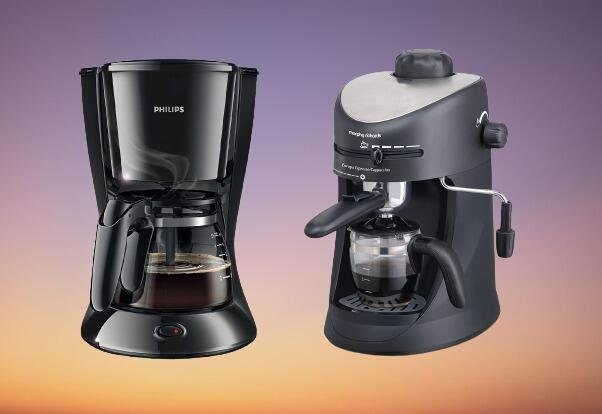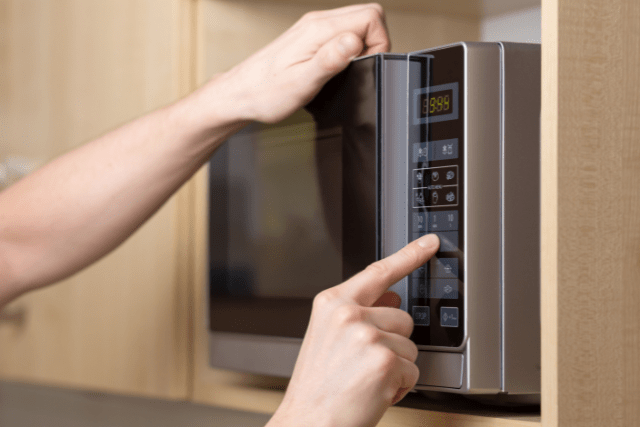In recent years, cast iron cookware has surged in popularity across Indian kitchens. Its unparalleled ability to retain and distribute heat, coupled with its durability, makes it an essential tool for home cooks and professional chefs alike.
This guide aims to provide you with all the information you need to make an informed decision when choosing the best cast iron cookware in India.
Why Choose Cast Iron?
Cast iron cookware stands out for several reasons. Its exceptional heat retention and even distribution allow for consistent cooking, making it ideal for dishes that require slow cooking, such as stews and curries.
Cast iron is incredibly durable and can last for generations if properly maintained. Over time, a natural non-stick surface develops on cast iron cookware, reducing the need for excessive oil and making it a healthier option for cooking.
Moreover, cooking with cast iron has health benefits as it adds a small amount of iron to your diet, which is especially beneficial for those with iron deficiencies.
Types of Cast Iron Cookware
In India, various types of cast iron cookware cater to different cooking needs:
- Dosa Tawa: Perfect for making crispy dosas, a staple in South Indian cuisine.
- Kadhai: Ideal for deep frying and preparing curries, with excellent heat retention.
- Grill Pan: Suitable for grilling meats and vegetables, giving them a smoky flavor.
- Roti Tawa: Ensures soft and evenly cooked rotis, an essential in every Indian household.
- Dutch Oven: Versatile cookware that can be used for baking, stewing, and even frying.
Differentiating Between Brands
When selecting cast iron cookware, the brand plays a significant role in determining quality. One key factor is the surface finish. Smooth finishes, like those offered by Indus Valley and Dynamic Cookware, provide a non-stick surface that is easier to clean and maintain.
On the other hand, brands like Rock Tawa offer rough finishes that may require more seasoning but are often more affordable. Preseasoned cookware is a convenient option as it comes ready to use, while unseasoned cookware allows you to season it to your preference.
Top Brands in India
Several brands in India have established themselves as leaders in the cast iron cookware market:
- Indus Valley: Known for its smooth, preseasoned surfaces, Indus Valley offers high-quality cookware at affordable prices.
- Dynamic Cookware: Their 11-inch preseasoned dosa tawa is highly recommended for dosa enthusiasts.
- Rock Tawa: Provides budget-friendly options with a focus on traditional Indian cooking needs.
- Vinod Legacy: A premium brand offering cookware with a rougher finish, perfect for those who prefer a more traditional cooking experience.
- Nutrion: Combines modern design with the quality of traditional cast iron.
- Meyer: An international brand that offers high-quality cast iron cookware with a focus on ergonomic design.
Factors to Consider When Buying Cast Iron Cookware
When purchasing cast iron cookware, consider the size and weight. Larger cookware retains heat better but can be difficult to handle, especially when full.
Your cooking style should also influence your choice; for example, a dosa tawa should be large enough for spreading batter evenly.
Budget is another important factor, as prices can vary significantly between brands. Also, consider the warranty and customer support offered by the manufacturer.

Recommended Sizes for Different Cookware
Different types of cast iron cookware come in various sizes, each suited for specific cooking tasks:
- Dosa Tawa: A 11-inch tawa is ideal for home use, providing ample space for making large, crispy dosas.
- Kadhai: Depending on your needs, a 2.5 to 4-liter kadhai is recommended for most Indian dishes.
- Grill Pan: A medium-sized grill pan (around 10 inches) is perfect for grilling small to medium portions.
- Roti Tawa: A tawa with a diameter of 9 to 11 inches is ideal for making evenly cooked rotis.
- Dutch Oven: For a family of four, a 4 to 6-liter Dutch oven is sufficient for making stews, curries, and even baking bread.
Ergonomics and Handling
The weight and design of cast iron cookware can significantly impact your cooking experience. Look for cookware with sturdy, heat-resistant handles that offer a secure grip.
A well-balanced piece of cookware should feel comfortable in your hand without tipping over. If you have any physical limitations, consider lighter options that are easier to handle and maneuver.
How to Maintain Cast Iron Cookware
Maintaining cast iron cookware is essential to ensure its longevity. Seasoning is the process of applying a thin layer of oil to the cookware and heating it, which creates a natural non-stick surface.
After each use, clean your cookware with hot water and a mild soap, avoiding abrasive scrubs that can damage the seasoning. Dry the cookware thoroughly and apply a thin layer of oil to prevent rusting. If rust does occur, it can be removed with a scrub brush and the cookware can be re-seasoned.
Preseasoned vs. Unseasoned: Which is Better?
Preseasoned cookware comes ready to use, with a layer of oil already baked onto the surface, making it convenient for beginners. Unseasoned cookware, on the other hand, allows you to season it to your liking, which some cooks prefer as it gives them more control over the seasoning process. Both options have their advantages, so choose based on your comfort level and cooking needs.
Avoiding Common Mistakes with Cast Iron
To get the best out of your cast iron cookware, avoid overheating it, as this can damage the seasoning. Also, avoid using harsh cleaning agents, as they can strip the seasoning from the cookware. Always store your cookware in a dry place to prevent rust, and never leave it soaking in water for extended periods.
Rust Prevention and Treatment
Rust is the enemy of cast iron cookware, but it can be prevented with proper care. Always dry your cookware thoroughly after washing and apply a thin layer of oil to protect the surface. If rust does occur, it can be treated by scrubbing the rust away with a non-abrasive scrub brush and re-seasoning the cookware.
Cooking Tips for Cast Iron Cookware
To achieve the best results with cast iron cookware, preheat it slowly to allow even heat distribution. When cooking, use a little oil to prevent food from sticking, but avoid cooking highly acidic foods that can damage the seasoning. For even cooking, ensure the cookware is properly seasoned, and don’t be afraid to re-season it as needed.

Comparing Cast Iron with Other Cookware Materials
Cast iron is often compared with other materials like stainless steel, non-stick, and aluminum. While stainless steel is durable and easy to clean, it doesn’t retain heat as well as cast iron.
Non-stick cookware is convenient, but it lacks the durability and longevity of cast iron. Aluminum is lightweight and heats up quickly, but it can warp over time and doesn’t hold heat as well as cast iron.
Environmental Impact of Cast Iron Cookware
Cast iron cookware is one of the most sustainable choices available. Its longevity means less waste, and it can be passed down through generations, reducing the need for frequent replacements. Additionally, cast iron is recyclable, making it an environmentally friendly option.
Cost Analysis: Is Cast Iron Worth the Investment?
While cast iron cookware may have a higher initial cost compared to other materials, its long-term value makes it a worthwhile investment. The durability and longevity of cast iron mean you won’t need to replace it often, saving you money in the long run. When comparing costs, consider the quality and brand, as well as the cost of maintenance and care.
Popular Myths About Cast Iron Cookware
There are several myths surrounding cast iron cookware, such as the belief that it is difficult to maintain or that it leaches harmful amounts of iron into food. In reality, cast iron is easy to care for with proper seasoning, and the amount of iron it adds to your diet is minimal and generally beneficial.
User Reviews and Expert Opinions
Gathering insights from other users and experts can help you make an informed decision. Many Indian consumers praise brands like Indus Valley and Dynamic Cookware for their quality and affordability. Expert recommendations also highlight the importance of proper seasoning and care to get the best performance from your cast iron cookware.
Frequently Asked Questions
- How Do I Maintain the Seasoning? Seasoning is maintained by regularly applying a thin layer of oil after each use and re-seasoning when necessary.
- Can I Use Cast Iron on Induction Cooktops? Yes, cast iron is compatible with induction cooktops due to its magnetic properties.
- Is Cast Iron Suitable for Indian Recipes? Absolutely. Cast iron’s heat retention and even cooking make it perfect for a wide range of Indian dishes.
Conclusion
Investing in quality cast iron cookware is a decision that can enhance your cooking experience and last for generations. By understanding the different types of cookware available, the best brands, and how to care for your cast iron, you can make an informed choice that suits your cooking style and needs.
Whether you’re making dosas, curries, or even baking bread, cast iron cookware offers unparalleled performance and durability. Choose wisely, and enjoy the many benefits of cooking with cast iron.







